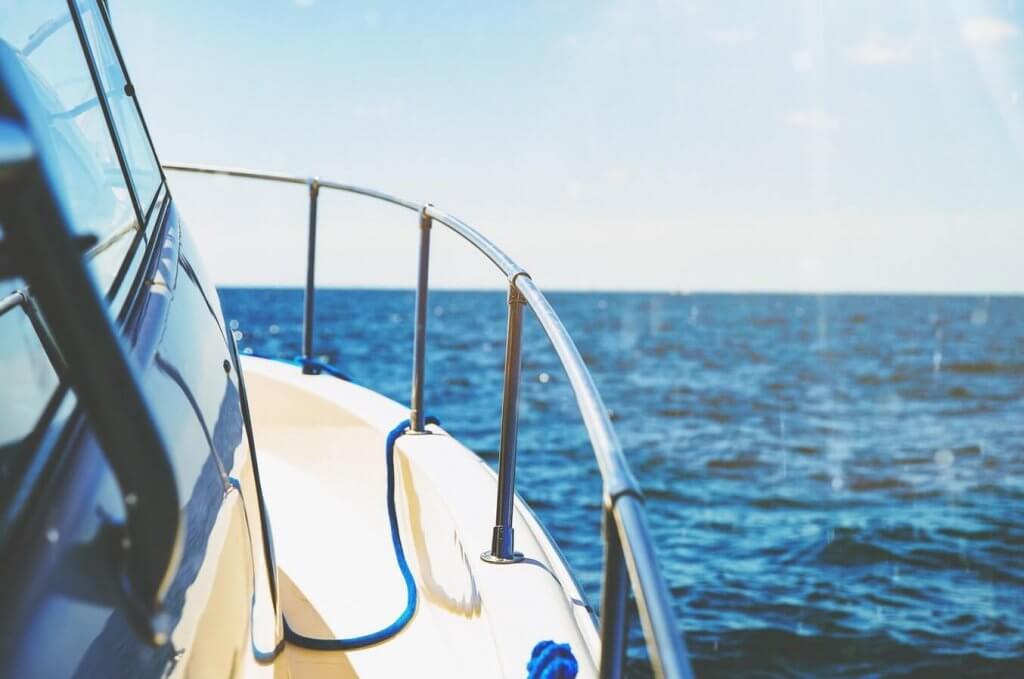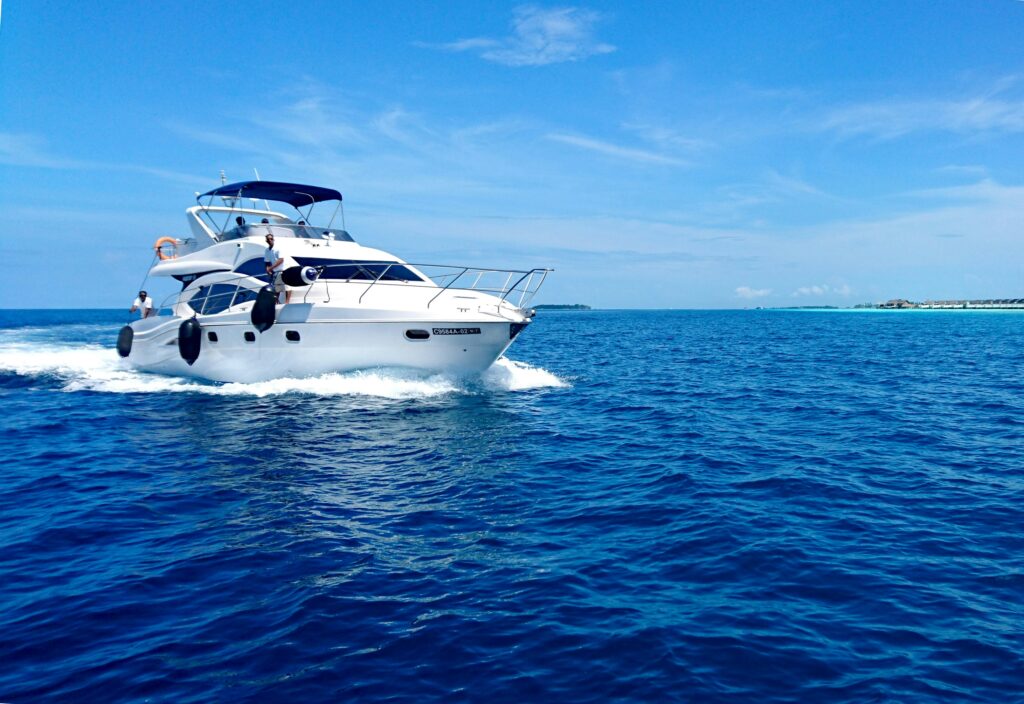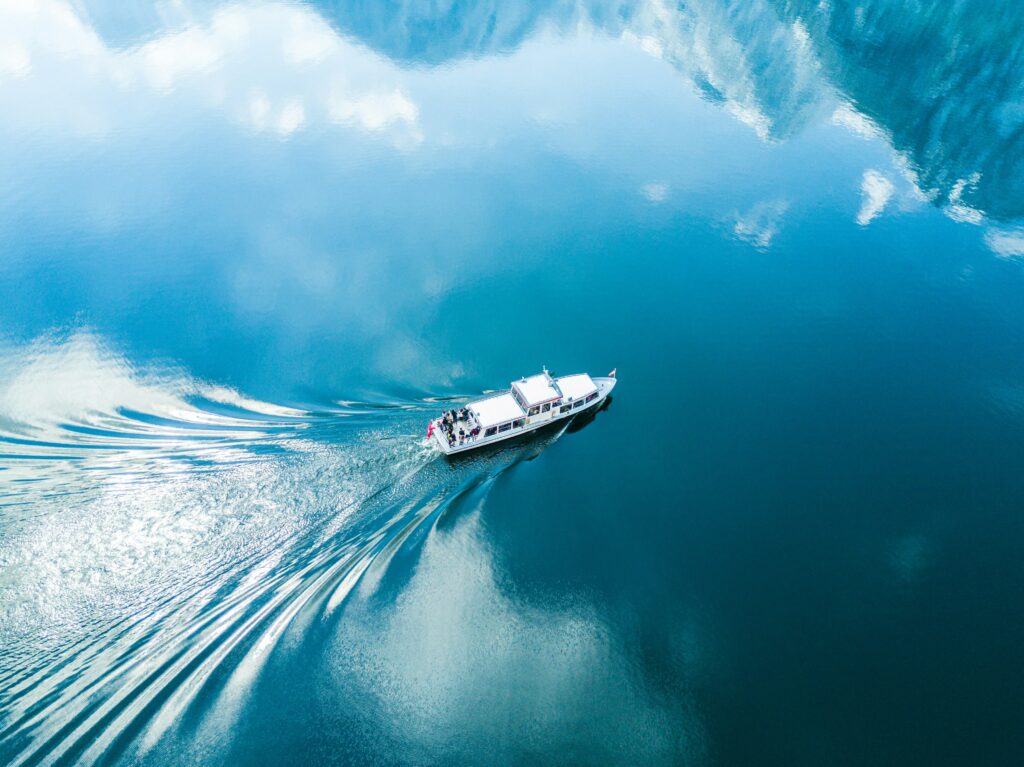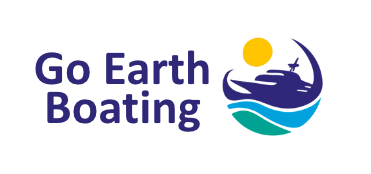From Australia to Antibes: The Mediterranean Yacht Buyer’s Journey and How to Make It Effortless

For many successful Australians, owning a yacht in the Mediterranean is more than a dream, it’s a lifestyle goal. Waking up off the coast of Corsica, long lunches in Ibiza, island-hopping through Greece, and hosting friends in Saint-Trope, it’s the ultimate way to experience Europe in style. But here’s the catch: The reality of buying a yacht in the Med from Australia can be a logistical nightmare. You’re 10,000 miles away, navigating unclear regulations, languages you may not speak, VAT traps, and mooring contracts that make Aussie paperwork look like a picnic. Add to that the back-and-forth flights, timezone issues, and the sheer number of choices and it’s no wonder many potential buyers delay the dream, or give up entirely. The Typical Mediterranean Yacht Buying Journey (for Australians) If you’re doing this solo, here’s how it often plays out: Weeks of Online Research – Trying to compare yachts, sellers, countries, flagging options, and prices across 7+ marketplaces. Endless Broker Emails – Getting bombarded with emails from agents who don’t understand your needs or sometimes your timezone. Flying Over – Spending 2–3 weeks in Europe just to view a few boats, hoping one will tick the box. Often, they don’t. Confusing Paperwork – Negotiating in a foreign market, unclear on local taxes, import duties, or the fine print. Unforeseen Costs – Mooring, insurance, crew, maintenance — no one gives you the full picture. Post-Purchase Problems – Now you own it… but who manages it? Charters it? Maintains it? Navigates EU rules? You end up spending more time managing the purchase than enjoying the boat. surely that wasn’t your plan? At Go Earth Boating, we eliminate all of this friction for Australian-based buyers. We’ve helped clients across Australia successfully acquire, manage, and enjoy yachts in the Med without the stress. Here’s how we make the process seamless: Step 1: We start with a call or we listen, really listen, to your ideal boating lifestyle. Are you chasing a charter income? Is this for family getaways? Do you prefer Greece or the South of France? We narrow the options fast, so you’re not overwhelmed by choice. Step 2: Through our deep network across the Med (and trusted partners on the ground), we source only vetted yachts that meet your goals, no wasted time. Step 3: We’ll view the yachts on your behalf, shoot video walkthroughs, and give you honest feedback. You don’t need to fly over, you could purchase, as many have, your dream boat completely remotely. Step 4: Our team handles everything from legal checks & contract negotiation, flagging & registration, EU VAT navigation, Marine surveys & insurance. We’re independent, so we work for you, not the seller. Step 5: Ongoing support in Europe post-purchase, we don’t disappear. We can connect you with charter management companies, moorings, maintenance & refit yards. Why Australians Love Owning in the Med There is so much coastline, more destinations, with 22 countries accessible by sea. There is a very popular charter market in the Med and you can offset the cost of your yacht by using some weeks of the year for chartering out. The season is long from April to October where you can dine, shop, undertake sports and socialise at some of the worlds most glamorous ports. We turn complex, distant, and frustrating into simple, local, and enjoyable. Our clients say they would never do it any other way and some even come back for a second yacht. Whether you’re just exploring the idea, or already browsing listings, we’re happy to chat and offer some honest guidance with no pressure.
The Cost of Running a Boat

One question we often get asked is “How much will it cost me to run my boat?” While some people worry that owning a boat is like throwing money into a hole in the ocean, a sensible approach to understanding and managing costs will keep them at a reasonable level. Just like owning a car, having a boat comes with running costs, and the key is to understand and manage them so they stay comfortably within your budget. This article provides a useful framework for doing just that. Rule of thumb It’s nice to get a simple answer to the cost question – If you want a simple answer, we would say budget between 6% and 10% of the purchase cost for annual running costs, excluding depreciation. This is an over-simplified answer but maybe it’s a good starting point. In a nutshell, if you can afford the purchase price, you can probably afford the running costs If you want a method of getting a fuller, more accurate answer, then read on… Categories of running costs Of course, you are interested in the level of costs. However, we recommend that you also categorise your costs by two criteria, which we call predictability and controllability. These are related but different; and this article looks at these two factors. Predictable costs are costs that you know with a reasonable degree of certainty in advance. For example, berthing costs are typically so much per metre, per year. You know the size of your boat and you can do the math, and so these costs are highly predictable. They are even predictable for several years in advance, as berthing costs are likely to rise only by about the rate of inflation. Many other costs fall into this “predictable” category, such as insurance costs etc. Some other costs may have only a medium degree of predictability. Fuel costs per litre are one example. They may certainly rise or fall, but are unlikely to halve overnight. Controllable costs are unsurprisingly, costs that you can control yourself. Total annual fuel costs are a good example of this. You can get them down to zero by not going out in your boat; although this is not an approach we would recommend. The nautical miles you travel and the speed you go at (and hence fuel consumption) are all fully controllable by you. Their predictability depends on how certain you are about how far you will travel in the coming year. Therefore, in the table below, they are shown in each of High, Medium and Low Predictability. On the other hand, your annual berthing costs have, at best, medium controllability. Given the size of your boat, the marina will charge you their rate, and there is not much you can do about it if you want to stay at that marina. Telling fibs to the marina about the size of your boat doesn’t work. They know the size of most boats – sorry folks! However, you do have some control, as you could move to a cheaper marina, change to a mooring instead of a berth or even move to a trailer. Some marinas even offer a park and ride system, whereby boats up to a certain size are dry-stacked out of the water – this is typically at a much lower cost than a traditional berth. If you think about your costs in this way – predictability and controllability – you will have greater understanding of how costs could behave, and therefore be able to much more easily manage your budget. The numbers Of course, you now need to know the specific numbers to attach to the various costs. These are so variable as it depends very much on the type of boat. For example, a superyacht probably has crew recruitment, selection, retention, salary, and various on-costs to take into account. For the typical boater, this is not an issue – other than the need to supply the occasional G+T to willing volunteers who assist with berthing and other crewing activities. At Go Earth Boating we can help you draw up a realistic budget for running cost for any proposed boat. Specific costs Be aware that certain types of boating have specific costs associated with them. In particular boating on a canal or river typically requires an annual license and a Boat Safety Certificate every four years. Also, steel hulled boats require blacking; and fibreglass boats require anti-fouling if kept in the water. Sailing yachts have rigging costs that do not apply to powerboats. These rigging costs depend in part on how energetically the yacht has been used and the stresses on the mast. Defraying costs There is another way in which you can reduce costs even more. At the high end, for a superyacht, you can charter your boat out. There are many agents that will manage this process for you. Go Earth Boating can recommend suitable managing agents and give you an estimate of the possible income. Indeed, if you charter the yacht out a lot, you can even cover all your running costs; and still give yourself plenty of time on the boat. However, all is not lost if your boat does not qualify for the title of ‘superyacht’. You can rent your boat out via agencies such as Beds on Board and AirBnB. The deal here is that people stay on the boat as an alternative experience to a hotel; but do not take the boat out. The boat stays in the berth. Our company boat, a Jeanneau Prestige 34, is on both these sites and is a very popular choice. Go Earth Boating can advise you on the pros and cons of this option if you are thinking of buying and then defraying the running costs in this way. Conclusion Boats do have running costs – but they are in essence no different from the costs of running a car and with a bit of common sense are easily manageable. For any additional questions, contact Go
5 Myths About Buying a Boat

Myth 1: Boats Are Only for the Super Wealthy Boats aren’t just for billionaires. While superyachts can cost millions, there are boats available for a few thousand pounds, especially in the second-hand market. From modest dayboats to luxury catamarans, there’s something for every budget. Thanks to flexible marine finance options and a wide variety of models, boating is much more accessible than many people think. The key is to buy wisely, just like with any other major asset. Myth 2: You Must Pay the Full Price Upfront You don’t need to pay 100% in cash to own a boat. Marine finance providers offer loans with flexible deposits and repayment plans, often up to 10 years, with competitive interest rates.Most lenders will expect a decent deposit (typically around 30%) and a stable income. If you have seasonal income, you can choose a lender who understands and accommodates this. Myth 3: Bigger Boats Are Always Better It’s tempting to buy the biggest boat you can afford, but bigger doesn’t always mean better. The right boat depends on how you plan to use it.✅ Smaller boats are easier to handle, cheaper to maintain, and often surprisingly spacious.✅ Larger boats offer more luxury and room, but come with higher costs, more upkeep, and may require crew.The key trade-offs when buying a boat are size, age, and price. Myth 4: It’s Only Worth Owning a Boat in Hot Climates Boating isn’t just for the Mediterranean or the Caribbean. Many of the most active boating communities are actually in cooler countries like the UK and Scandinavia.British lakes, rivers, canals, and coastal waters offer fantastic boating experiences, often with fewer crowds. Modern boats are also built with better insulation, heating, and weather protection, making them comfortable year-round. Myth 5: Buying a Boat Is Easy Some people walk into a marina, fall in love with a boat, buy it—and then regret it. Why? Because buying a boat isn’t simple. It’s a big decision.Think of a boat as part house (bedrooms, kitchen, toilet), part car (engine, electrics, navigation), and part floating home exposed to the elements. There’s a lot to consider legally, technically, and financially.
How to Future-Proof Your Boat Purchase: 5 Critical Mistakes to Avoid

Buying a boat is a major investment. The wrong decision can cost you time, money, and long-term enjoyment. At Go Earth, we help you avoid the most common traps buyers fall into. 1. Not Understanding Your True Needs Many buyers are drawn in by flashy features or idealised ideas. But does that boat truly fit your lifestyle, mooring location, skill level, or long-term plans? Talk to Go Earth. We take the time to understand your needs, assess your lifestyle, and use our advanced search tools to find a boat that fits your real-world requirements. 2. Skipping the Deep Research A boat that looks perfect on paper can hide serious issues. Overlooked maintenance, mismatched specifications, and surprise costs are common problems. Let Go Earth do the due diligence. We uncover the full picture behind every listing so you can buy with clarity and confidence. 3. Overpaying Without Realising It Most buyers don’t have access to current market data or the experience to negotiate effectively. That can lead to paying far more than necessary. Put Go Earth in your corner. We negotiate directly with sellers to secure the lowest viable price and save you real money. 4. Trusting the Wrong Source Some sellers overmarket poor-quality boats, and many listings don’t reflect real value. Without expert guidance, it’s easy to be misled. Count on Go Earth to source independently. We are not boat dealers. We work solely for you to find the right vessel at the right value. 5. Underestimating the Ownership Experience Boat ownership comes with insurance, storage, and ongoing upkeep. Without the right support, the excitement can quickly turn into stress. Stay supported with Go Earth. We offer services before, during, and after your purchase to keep you ahead of the curve and out of trouble. We specialize in sourcing the right boat for any budget or location. Using our exclusive tools, we find what others miss. We negotiate on your behalf to secure the best price and help you enjoy the benefits of ownership without the common pitfalls. Avoid costly mistakes. Contact Go Earth today.
